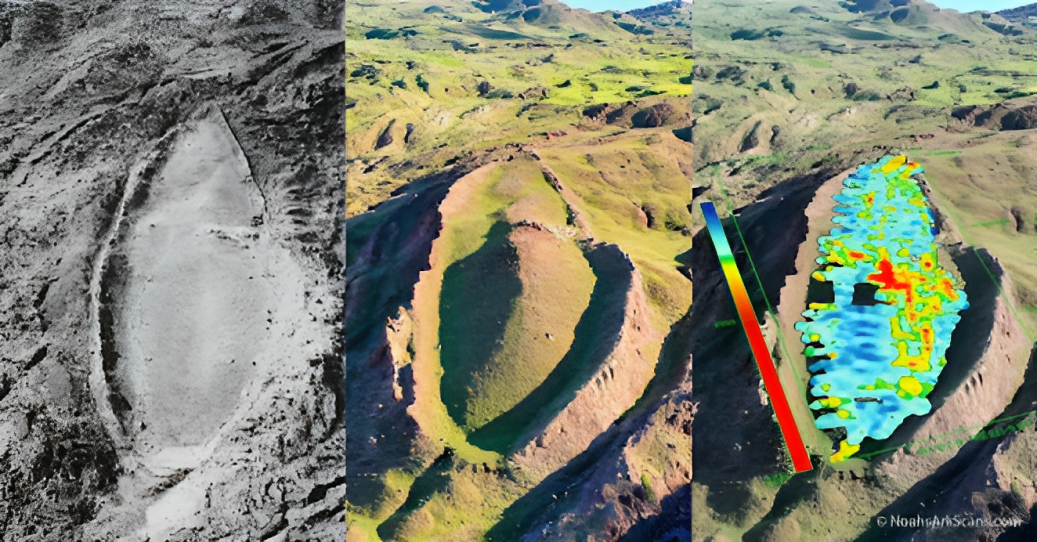Biblical stories have held fascination for both historians and religious scholars for hundreds of years. The authenticity of the stories is still something that is debated to this day, as well as the true historical events that may have inspired some of the tales. While there are many who believe that the stories from the Bible are purely fiction, recent findings may offer evidence to the contrary.
A Familiar Tale
Most everyone is familiar with the story of Noah’s Ark. It’s a story that many of us are taught as children. Most religions have a story about a great flood, and references to Noah specifically can be found in three religions: Christianity, Judaism, and Islam.

The story of Noah’s ark is as follows: Noah, the 600-year-old father of three children, is commanded by God to build an ark to his specifications in order to escape a coming flood. Once the ark is built, Noah is commanded to bring aboard two of every species of animal to protect them from the flood waters as well.
The Flood Had a Noble Purpose
According to the Bible, the flood was brought about because after the age of Adam and Eve, God saw that the world was corrupt and dark and sought to bring it back to its original paradise state. In order to do that, he had to break down everything that he had already created so that it could be built anew.

Noah was spared as God saw the pureness of his heart. His role in gathering the animals was to create a new paradise after the flood in God’s new vision, and he and his family were spared the flood and the fate of the rest of mankind in order to achieve that.
A Never Ending Rain Storm
According to the story, once the ark was built to God’s specifications and Noah managed to load up his family and the animals, the flood was unleashed. It rained for forty days and forty nights until even the highest mountains were submerged in water, and all life on Earth perished except for Noah and his ark.

The ark floated around in the waters for a while, and after 150 days God remembered Noah and his plight. The flood ended, and the Earth slowly started to dry. The ark was left to rest on a mountain, and once it was safe to do so, Noah built a temple and made a sacrifice to God for his mercy.
The Story of Noah’s Ark Dates Back Millenia
Scholars generally agree that Genesis was written in the fifth century BCE, though some believe that it may have been as late as the third century BCE. It is likely that the story of Genesis is the combination of two sources of history, which could explain some of the discrepancies that can be read in the final story.
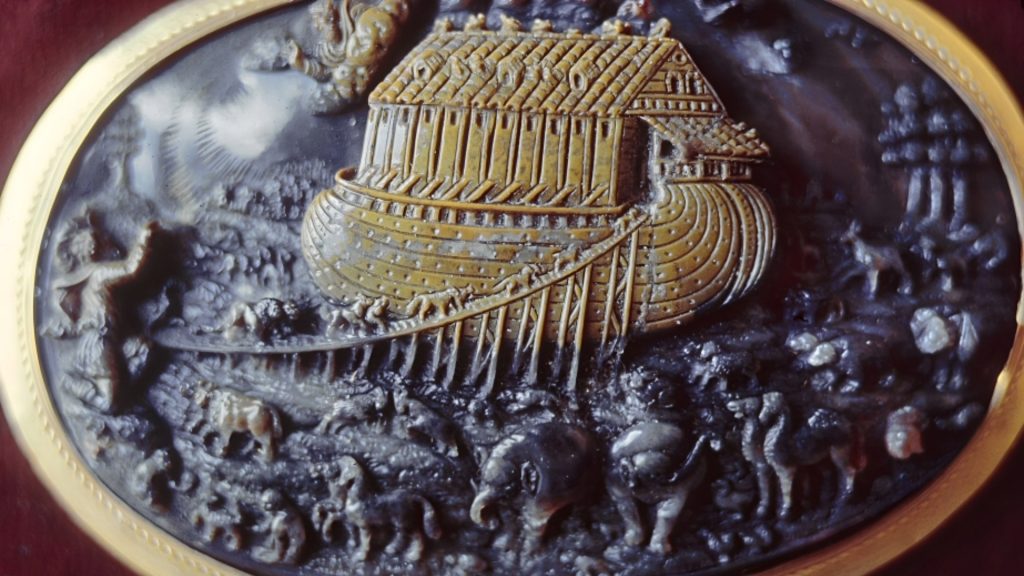
Despite the contradictions in the text, there are many who believe that the story of Noah’s ark is based in historical fact. Searches for the site of the ark or the ruins themselves have been happening since the third century CE, and many scholars and historians have dedicated their lives to the study of Noah’s ark.
Theories Abound, Evidence Lacking
Theories about the reality of the Noah ark story are so prevalent that in the first edition of the Encyclopedia Brittanica, published in 1771, it describes the ark as factual. It even went so far as to explain how the ark could have reasonably held two of each animal, as the legend suggests.

Even earlier, though, Renaissance scholars were speculating not on the truthfulness of the fable itself, but the details of it. Specifically, they wondered about the practical logistics of the ark and the exact design. It wasn’t until a tablet describing a never-before-read version of the legend was discovered that the model of the ark that we know today was theorized.
The Search Continues
Over the years, the search for Noah’s ark itself has become known as a practical form of pseudoarchaeology. Many historians and archaeologists have come to the conclusion that the story is merely a myth, but that hasn’t stopped dedicated scholars from seeking out evidence of the legend.
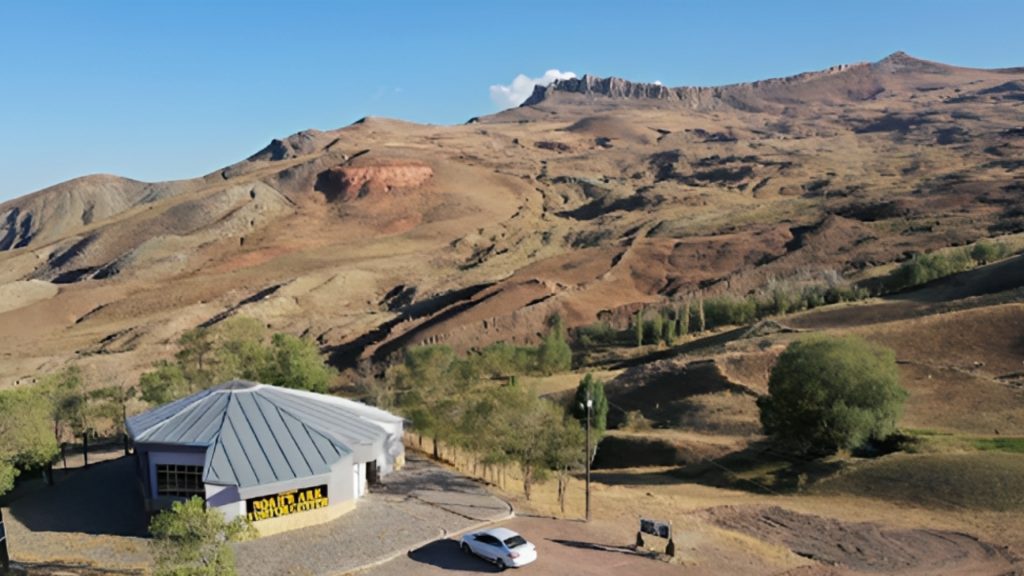
This effort may not be for naught, either. Recent findings by a team excavating in the eastern mountains of Turkey may have found evidence not only of the ark itself, but of human life that existed around the same time.
A Formation That May Hold Biblical Significance
The Durupinar formation is a 538 limonite feature that some believe is the petrified remains of Noah’s ark. It was first discovered in 1948 by a Kurdish farmer, but wasn’t further identified until 1951. Turkish army captain Ilhan Durupinar was flying over the site while on a NATO mapping mission and found the area intriguing.
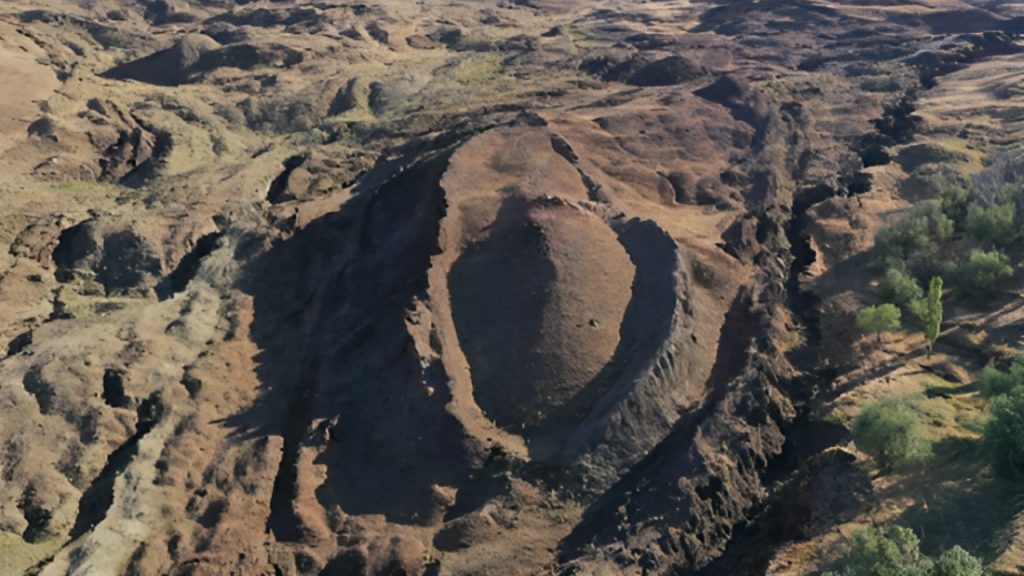
The Durupinar site is 18 miles south of the Greater Mount Ararat summit, which many scholars believe is the mountain referenced in Genesis during the final days of the flood. This proximity immediately sparked interest in this new site, but the proximity to the mountain is not the only intriguing feature of the site.
It’s the Right Size and Shape, But…
The Durupinar formation is also sized exactly the way that the ark is described in the Bible. Interpretations of the text reveal that the ark was supposedly a length of “three hundred cubits,” a width of “fifty cubits,” and a height of “thirty cubits.”
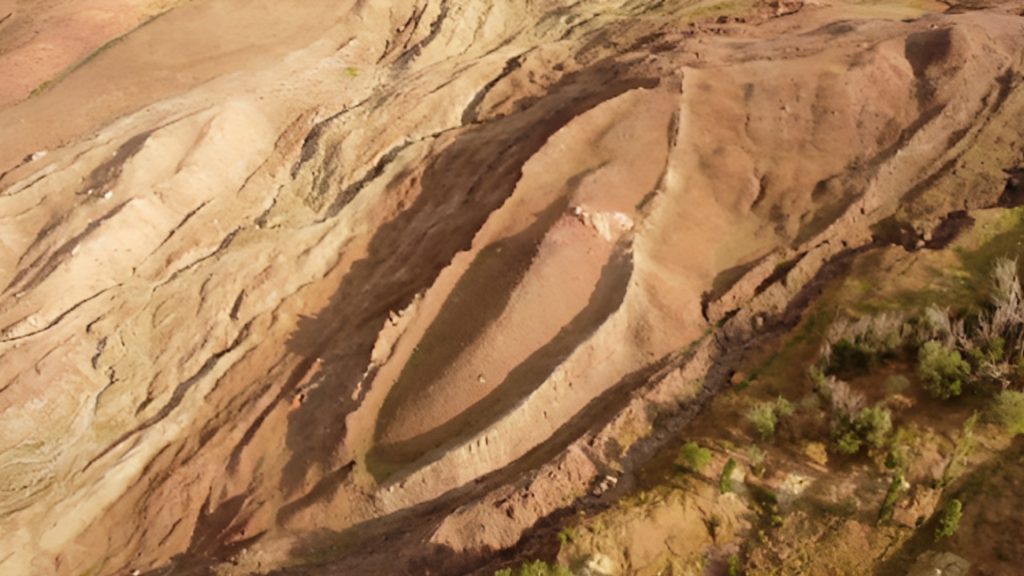
While it is true that the depth of the structure cannot be inferred by the shape and size of the formation, the rest of the dimensions are strikingly similar to those described in the story. The structure has been impacted by erosion and the elements in the years since its first discovery, of course, but it’s still a remarkable discovery.
Modern Research May Answer Ancient Questions
A team of archaeologists out of Turkey think so, too. A team of scientists from three Turkish and American universities began studying the theory of the site in 2019, and a formal research team was formed in 2022 to investigate the ruins. After a year of research, their studies may have finally bore fruit.
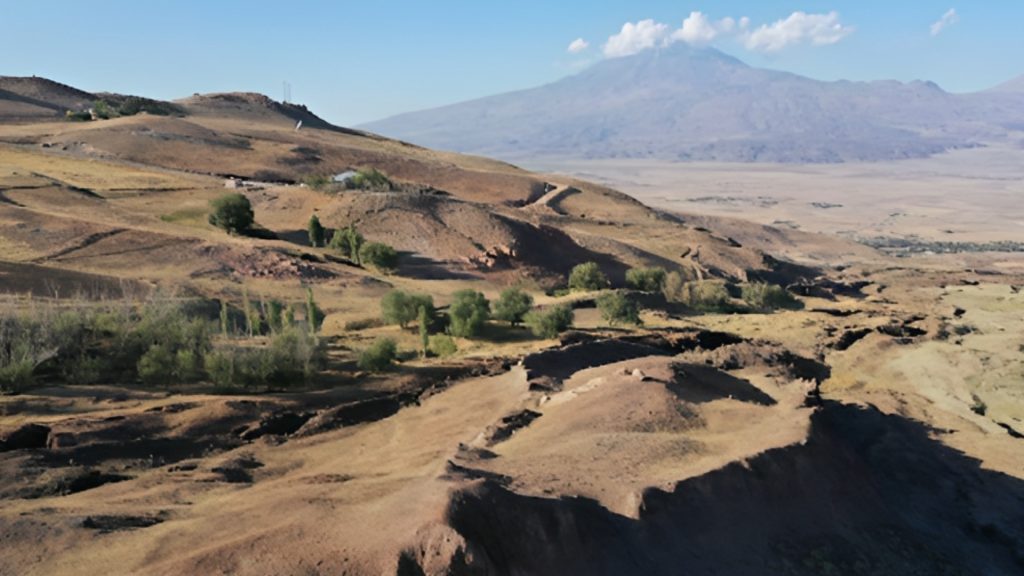
The team collected nearly 30 rock and soil samples from various parts of the formation, carefully not to damage the site beyond what nature has already done. The findings were then studied and analyzed at Istanbul Technical University, where they made some remarkable findings.
The Composition Held Some Remarkable Discoveries
The team discovered that the rocks and soil that they studied from the site contained “clayey materials, marine materials, and seafood” that dated back to a time between 5000 and 3500 BCE. This is significant because this is the time period in which the flood is believed to have occurred.

The implications don’t stop there, though. The composition of the materials suggest that there may have been human activity in the area at the time, though the scientists didn’t go so far to suggest that the human activity was the legendary Noah of the story. The implication of human activity is big enough without going further.
A Symposium to Share the News
The scientists presented their findings at a symposium held in the area specifically dedicated to the study of Mount Ararat and Noah’s ark. While the current findings are remarkable, particularly in how they imply the existence of human life around the time of the supposed flood, the team of scientists believe that there’s more to be learned.

One of the lead scientists stated at the conference that an important point of the symposium was to meet with other researchers and determine steps to be taken from here. The conclusion was drawn that more research in the greater Mesopotamian region could yield far greater information, and that the research will continue.
Other Scientists Come Out of the Woodwork to Rebut
Of course, with scientific findings, there are those who will come out to dispute the information. This time, it comes in the form of geologists who have, for years, stated that the Durupinar formation is a natural formation. It might be old, but there’s no evidence to suggest that it’s the petrified remains of the ark.
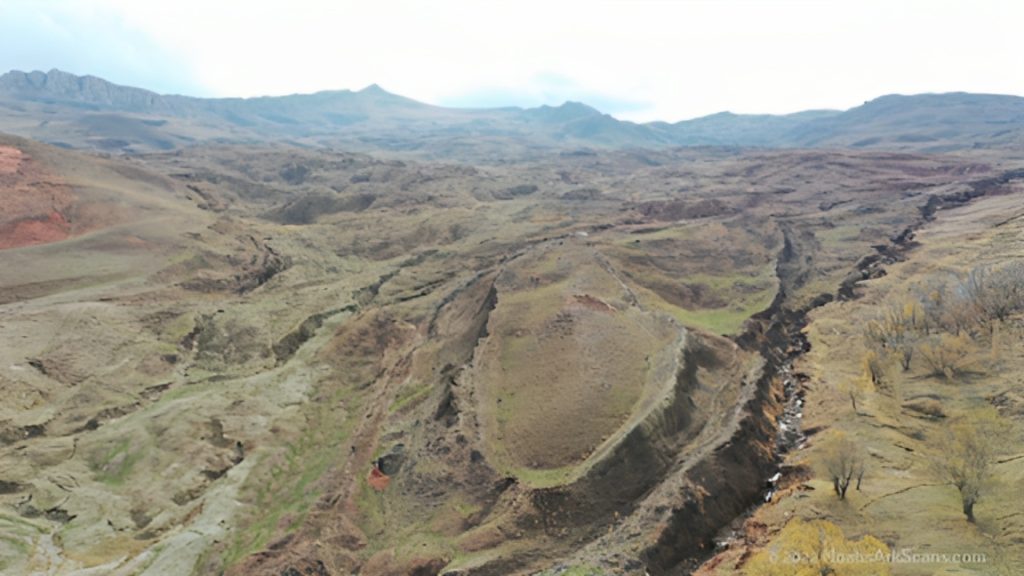
Furthermore, many contemporary researchers don’t believe in the factuality of a great flood that covered the entire earth at all. Very little geologic evidence supports the theory, though there are some that believe that there may have been a more localized flood in the area. Even that suggestion is met with skepticism, though.
The Naysayers Are Right…For Now
While the Durupinar research team is excited about the initial findings of their study, they agree with the naysayers, at least in part. The evidence that they’ve uncovered is not enough to conclusively prove the existence of Noah’s ark, but that doesn’t mean that they’re going to give up on their research.
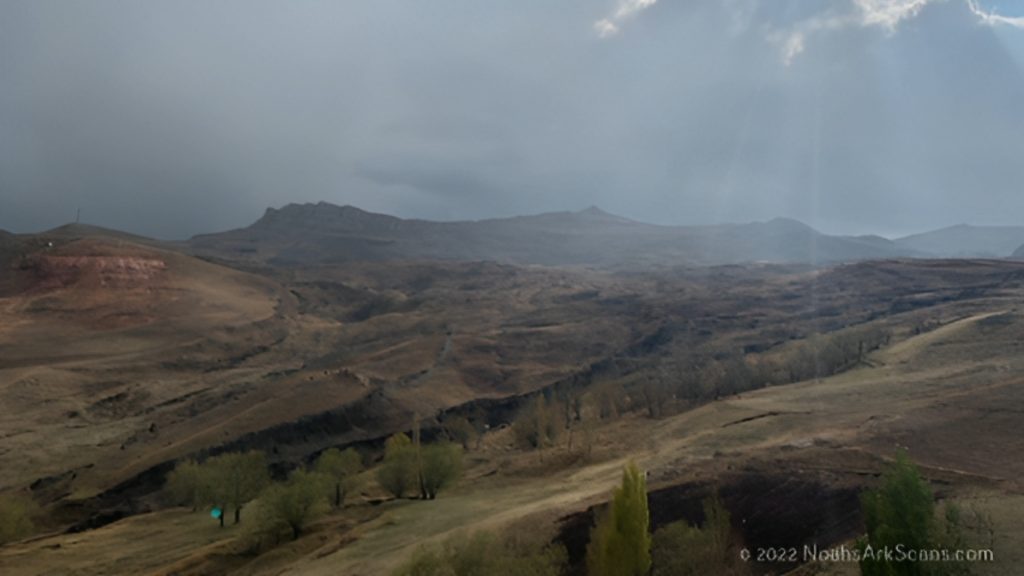
The lead researcher even went so far to say in a statement that the research they are doing is a long way away from conclusively proving the existence of Noah’s ark. Still, the proof of human life at the time is a significant discovery, and one that makes great strides in understanding life on earth thousands of years ago.
Remarkable Information, and More to Come
Whether you believe in the factuality of the Biblical story or you’re just fascinated by history and geology, the research that the scientists are doing in Turkey is remarkable. The fact that they have unearthed evidence of human life so many millennia ago is cause for interest, even if their reasons for researching in the region may be unfounded.

It will be fascinating to follow this team and see what further discoveries they’ll make. The question of whether the Durupinar formation is the petrified remains of Noah’s ark will likely never be conclusively answered, but learning more about our past is never bad. If all the scientists discover is information about prehistoric earth, that is still a win.

